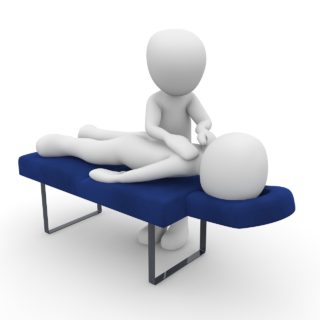The Blog
Category: Therapies
Strength Train To Improve Your Running
Posted 29 April 2019 in Therapies, Training

To improve your running, the answer isn’t just more miles, strength training can be the key to improving running economy, increasing power and preventing injury. In a 2014 study it was shown that strength training in a group of runners had a number of positive effects. These included: – Increasing anaerobic power to help maintain… [more]
Exercise & Cancer- How Does It Help?
Posted 8 April 2019 in Therapies

Physiotherapy might not be the first allied health service you think of when you think of cancer treatment, but it can be a powerful and important adjunct to traditional treatment. There is a growing evidence base that supports the physiological and psychological benefits of physiotherapy in cancer treatment. Cancer survival rates have significantly improved in… [more]
Clicking And Clunking Of The Spine!
Posted 26 November 2018 in Therapies

Almost everyone loves to get manipulated; often the loud crack follows with a sense of satisfaction. But what is it actually? It is a movement caused by a therapist who passively moves a joint beyond its normal physiological control. It is a small amplitude, high speed thrust performed on a joint beyond its range of… [more]
The Phases Of Recovery After Surgery
Posted 17 September 2018 in Injury, Therapies

After having a serious bone injury and surgery, it is important that certain structures are identified with the rehab process that addresses specific goals and health management pathways. In order for a successful recovery, specific pain levels, healing times frames, type and severity of injury and associated injuries need to be addressed in the initial… [more]
Flossing Isn’t Just For Your Teeth
Posted 5 September 2018 in Therapies

Neural tissue provocation tests are commonly used in physio land to determine the mobility and length of your nervous system, in both the upper and lower limb. To make it easy today we’ll discuss the importance and how the upper neural tissue can be a problem. If you are experiencing upper limb or shoulder blade… [more]


